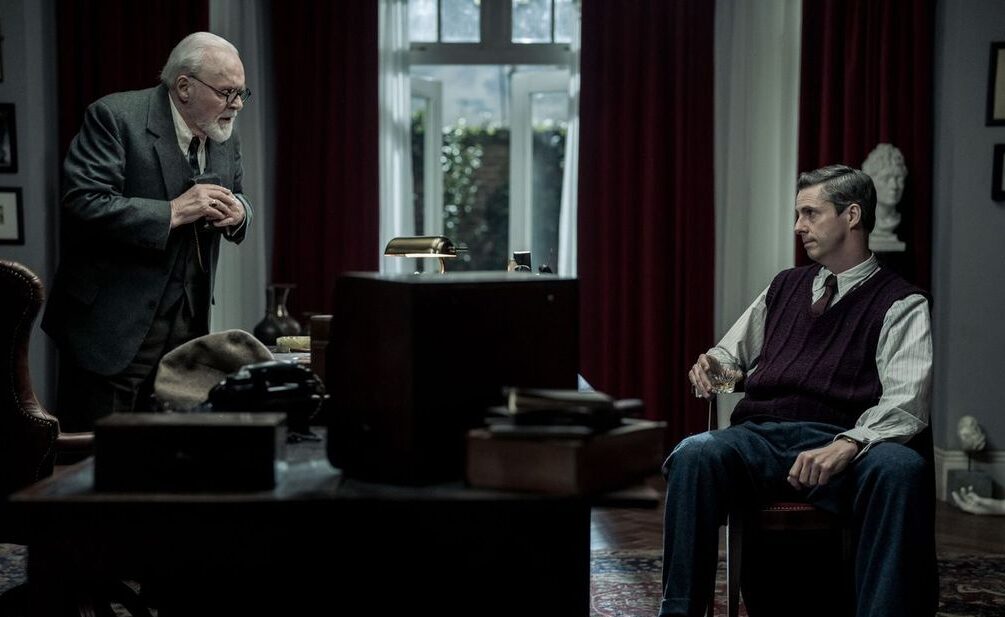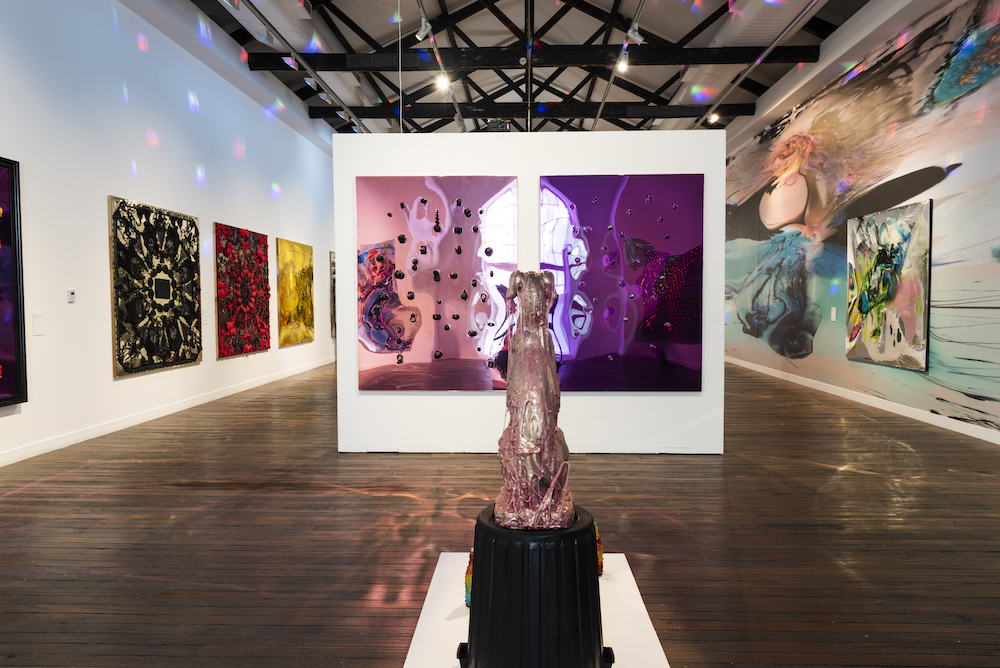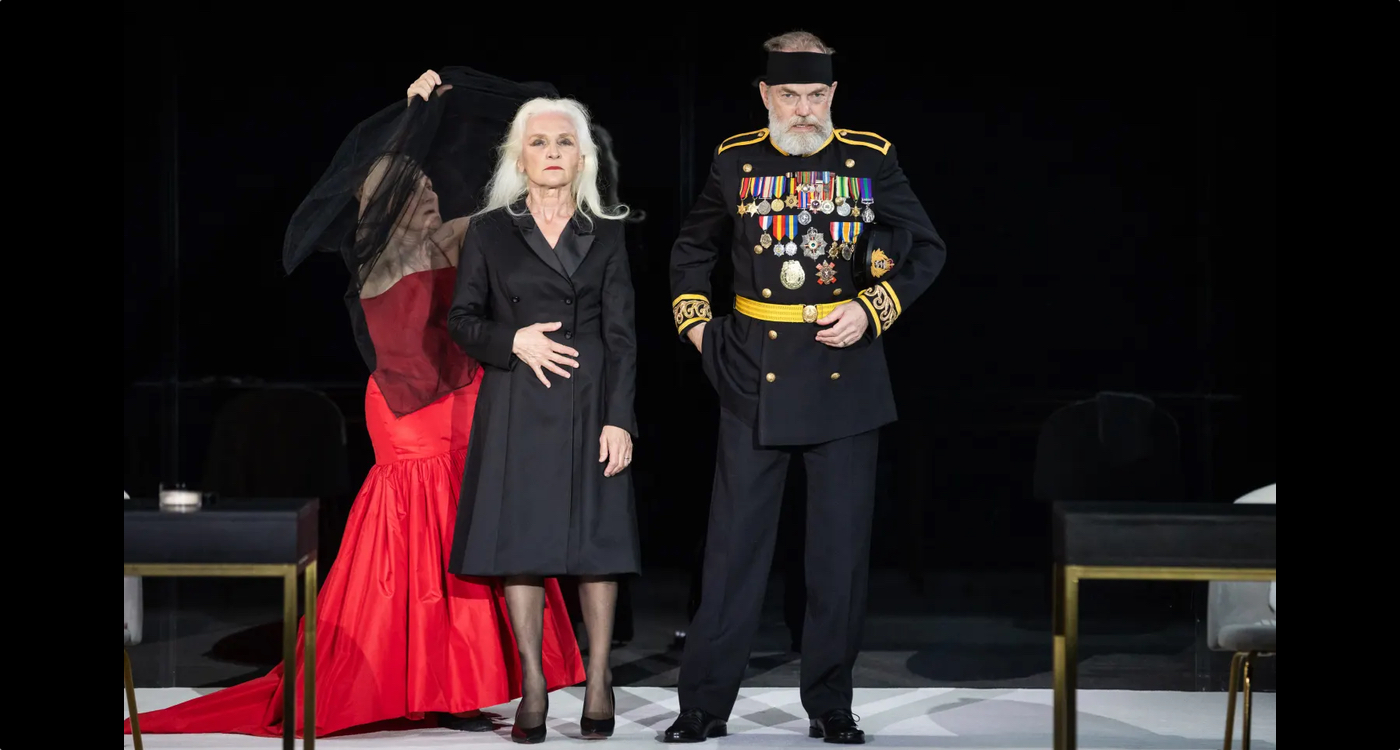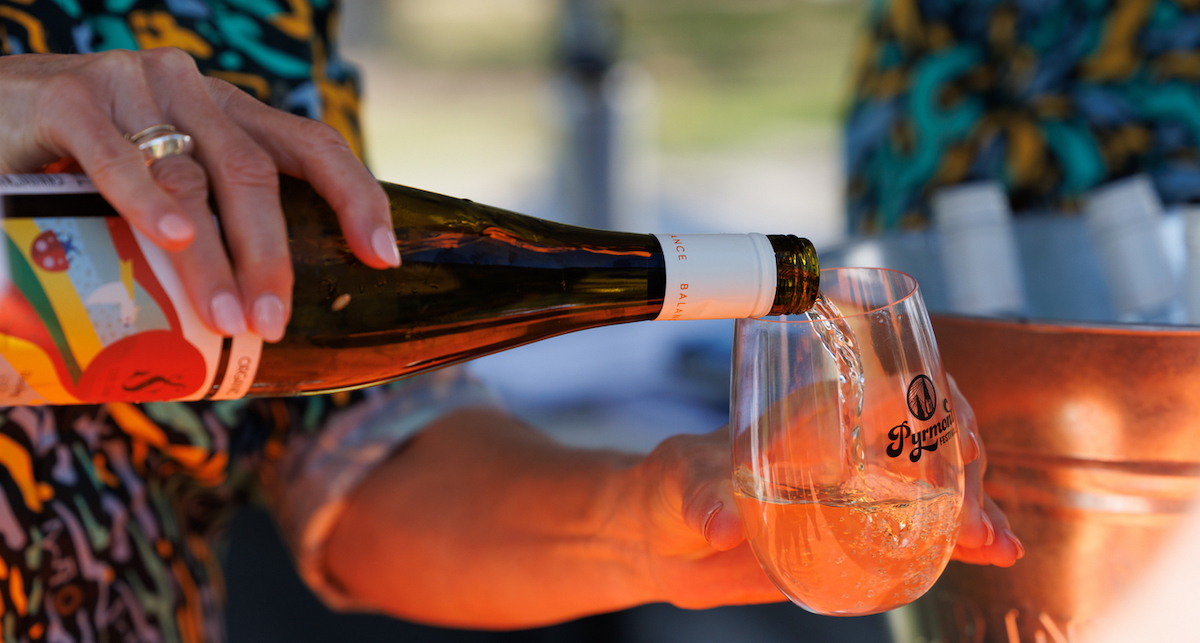
Past Perfect Future Tense

By Rita Bratovich.
With the incredible degree of building and development occurring in almost every part of the country, it can feel like our entire past is being slashed and burned. That’s why organisations such as The National Trust and events like the upcoming Australian Heritage Festival are so important. They not only raise awareness, but they help citizens engage in real and practical ways to salvage and restore historically important sites, buildings and relics.
The Australian Heritage Festival began as the National Trust Festival in 1980 in NSW only. Gradually the other states took interest and joined the project until it eventually became a national event.
This year’s festival will include over 1000 program items distributed throughout every city, suburb and region of the country. These events have been created by communities, societies, museums, institutions – any group that has an interest in preserving the heritage of Australia.
“By involving the community in its heritage you are ensuring its protection,” explains National Trust CEO, Brian Scarsbrick. He’s very enthusiastic about this year’s festival: it’s the first time it is being run under its new name – Australian Heritage Festival; there are more events than ever; and the National Trust has just been assured government funding for at least the next three years.
The launch on April 18 will be held in Yarralumla, Canberra and attended by the Governor General, and that’s really the only national event; everything else is locally based. An interactive website is taking care of curation and providing information, with visitors being able to upload events or obtain a list of events in their area.
Each year there has been a theme and this year it is “Having A Voice”. Scarsbrick says the theme is broad to allow different interpretations, but it essentially speaks to the right of the public to have a say in what is happening to their environment:
“There’s no doubt about it, the community is very concerned about the threat to heritage that’s all around us… people are responding, are forming groups, are advocating for holding our heritage…It’s very imperative that we do keep that voice and have it heard.”
Of course, it’s about finding a balance. Nobody is against progress or updating design, but they are against inappropriate development and wanton demolition – there’s room for creative compromise.
“Repurposing a building, adaptive reuse of a heritage building is something we support,” says Scarsbrick.
In terms of context, Scarsbrick acknowledges that our heritage goes way beyond colonial settlement and European exploration, back to the original owners of the land.
“The First People are a very important part of this and maintaining our cultural heritage is one of things that is high on the priority of the National Trust… the First People – their culture needs to be protected and nurtured.”
Indigenous sites and culture will feature significantly. One example is an exhibition of artworks produced by indigenous school children that will be displayed in National Trust listed homes.
Some interest program items include: a dawn commemoration of the Cowra Breakout (Cowra, NSW); Urban Polaris – a seven hour bike ride visiting various heritage sites (ACT); a trip inside a 130 year old carriage on The Colonial Express, mimicking travel in the 1880s (Castlemaine, VIC); some beautiful open houses in Ipswich (QLD); and a heritage bar walking tour in Perth (WA).
Scarsbrick is grateful to the Australian Government for financial support and validation of the National Trust’s purpose and is really keen to get young people interested in protecting our heritage. To that end, much of the program is dedicated to family and children’s events.
Convict Escapades held at Hyde Park Barracks is one such event. It is an immersive theatre experience aimed at children aged six to 12 (accompanied by an adult). Actors are stationed at various posts throughout the barracks where they enact a five minute scene depicting some aspect of life there during the 1830s. There are six main characters and an ensemble cast of teenagers. The scenes are roughly scripted but allow for improvisation and engagement with the audience.
Kids are fully immersed: they get an arrowed shirt and convict name upon arrival and they’re invited to do activities such as convict laundry, making leg irons, playing games and getting a tattoo! Sydney Living Museums Program Coordinator, Michael Van Tiel describes the experience as part entertainment, part education and very relevant:
“There’s this expectation of what convicts were about and we’re trying to dispel some of those myths…It was convicts who built Sydney…they weren’t necessarily just a labour force, they brought a lot of skills to Sydney…and I think we’re all becoming proud of our convict heritage as well.”
Another Sydney Living Museum adventure is their Night Light Tours which are candle or gaslight tours of Elizabeth Farm (which also includes actors performing scenes) and Elizabeth House.
“Heritage is for everyone,” says Van Tiel. “People will look in their own backyard at their own heritage and these festivals are a trigger point.”
For those who prefer fresh air and exercise, Waverley Council will be conducting a Bondi History Walk, led by Services Coordinator Laurie Williams.
Beginning at Bondi Pavilion, the walk goes along the promenade and up to Ben Buckler Point at North Bondi.
“I will be sharing several fascinating stories during the walk,” says Williams. “The Bondi Pavilion alone is full of history – I’ll show visitors the old ballroom and a tunnel which leads from the Pavilion out onto the beach. The Big Rock on the point at North Bondi is interesting and I’ll let you know about some very special Aboriginal carvings at North Bondi.”
Apart from library reference material, Williams has gleaned knowledge from “‘old’ locals telling me their personal accounts of growing up in the area.”
The Bondi History Walk underscores the value of community focused events, as Williams explains:
“I believe it will ensure our stories will never die. The community can find out where we have come from and what has been achieved in making this one of the most visited places in Australia. It also provides us with a sense of tradition and belonging.”
Apr 18 – May 21, for info and bookings to all events: www.nationaltrust.org.au/ahf/









